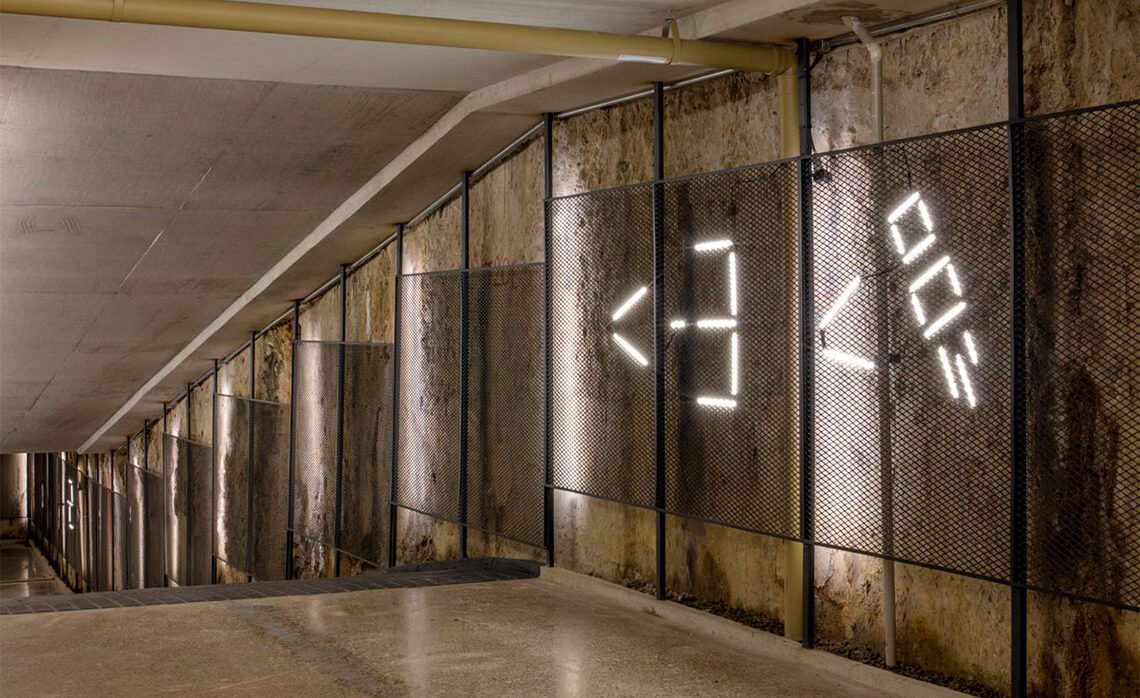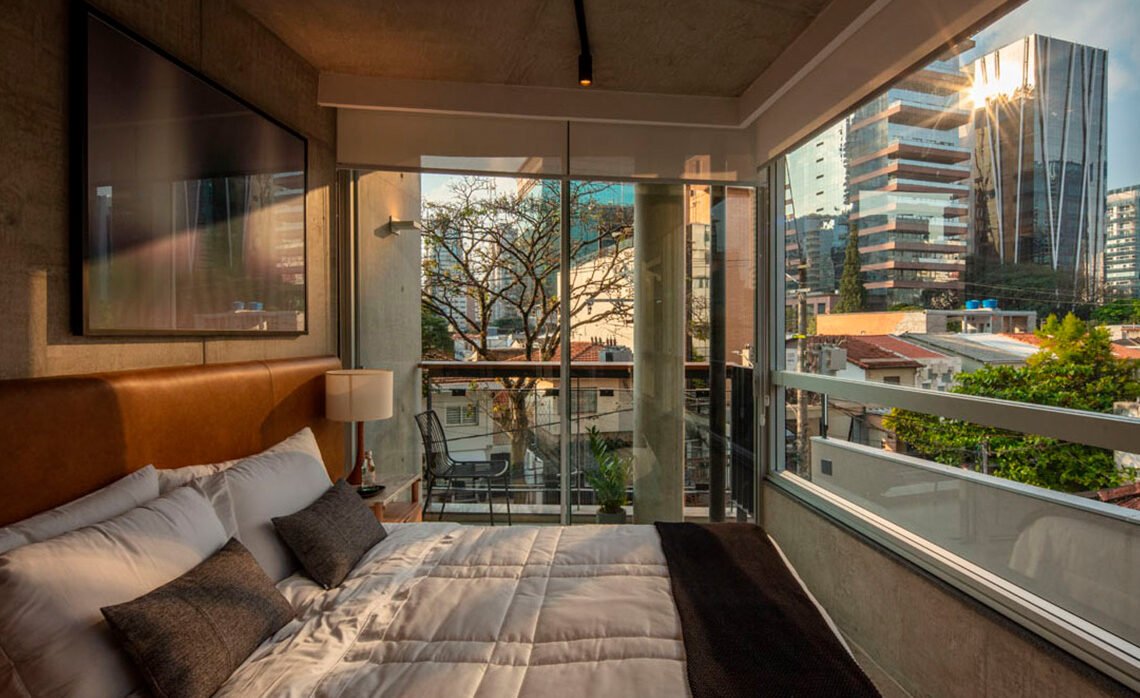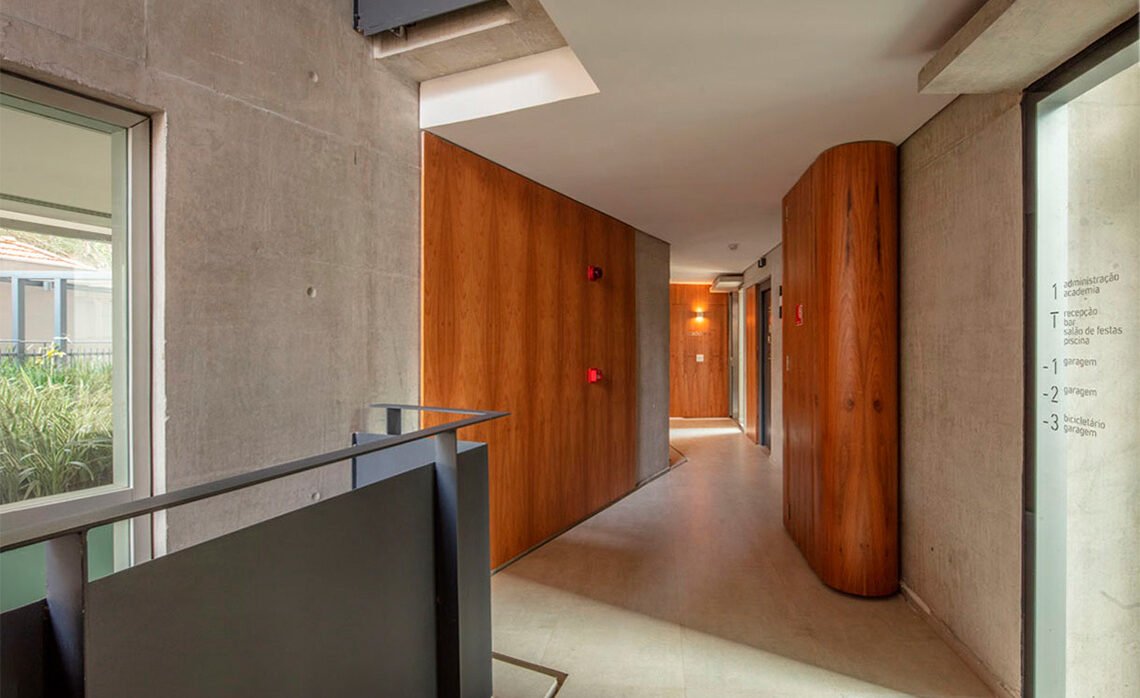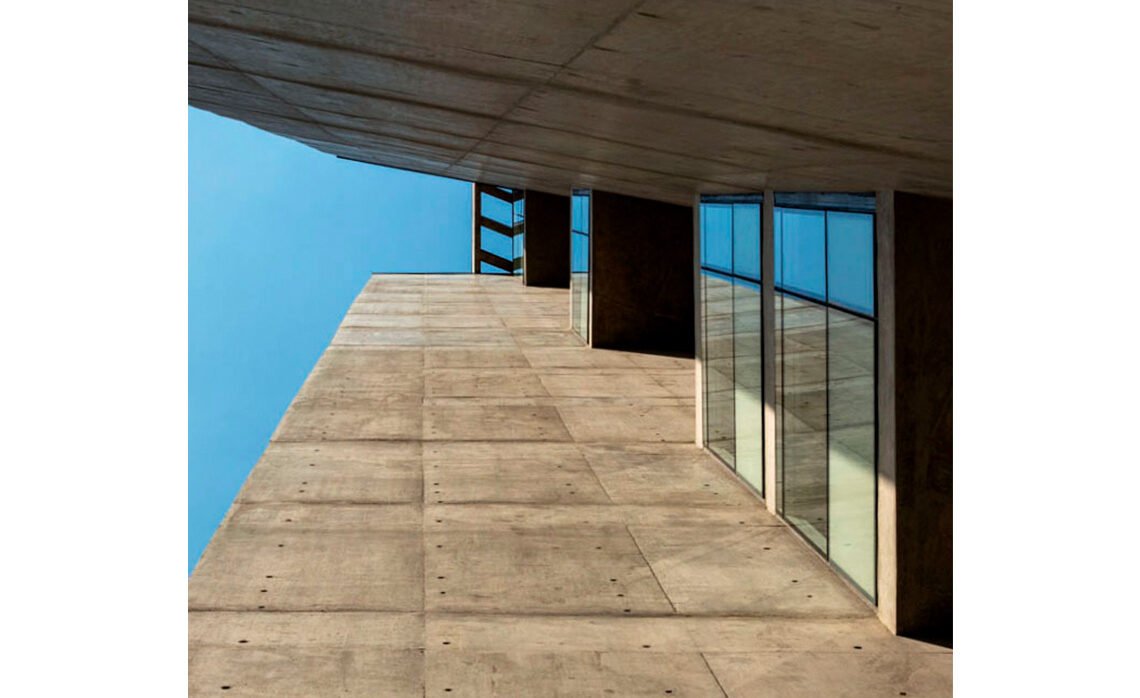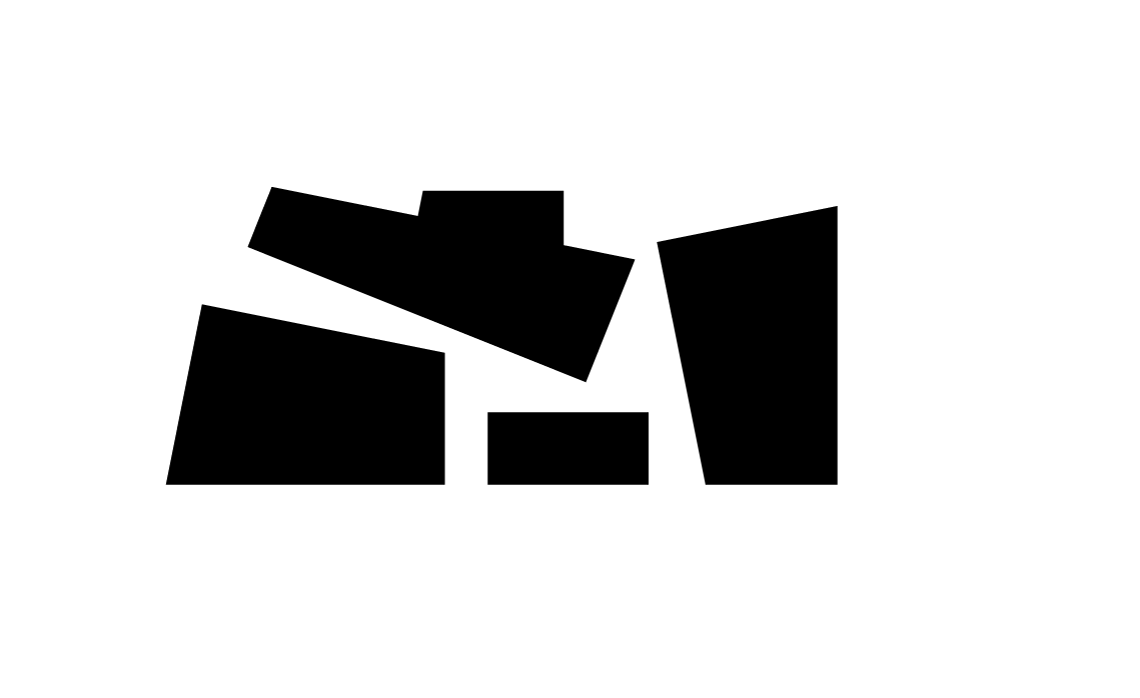Apartment building in Vila Olímpia (Float)
Victor Próspero
Felipe Barradas
Tatiana Ozzetti
Lucas Roca
Nilton Suenaga
Beatriz Marques
Martha Bucci
Daniela Zavagli
Beatriz Brandt
Larissa Oliveira
Paula Dal Maso
Vitor Endo
3D MODEL/RENDERING
Ricardo Canton
SITE AREA
842,72 m²
TOTAL FLOOR AREA
4.746,00 m²
INCORPORATION
SKR
PHOTOS
Nelson Kon
The district of Vila Olimpia in the city of Sao Paulo arose in the 1930s from the subdivision of former rural properties along the Pinheiros River. These were small lots on which houses and retail spaces were built, for over 60 years it was a low rise residential neighborhood. This scenario started to be changed in the 1990s, with the construction of Faria Lima and Hélio Pellegrino Avenues, which tore through the pre-existing urban fabric, and the resulting pressure for real estate development. The transformation is changing completely the density and the character of the place.
In 2013, when SKR asked us to design this building, there was a crisis in the real estate market in São Paulo. Maybe that crisis brought somehow a design opportunity for architecture. There was more time, more space for dialogue than usually.
It was after a sequence of several possibilities that we ended up framing the concept of this building:
A void in the core, exactly where a building would be massive, and three apartments completely isolated from each other, with no party walls. These two ideas shaped the design concept for this apartment building. That void does not affect FAR. Actually, to relieve the built area in each floor, allowed us to have more floors. A taller building seemed to be more balanced in relationship to those recent surrounding skyscrapers.
Everything else, such as its structure made from concrete walls and flat slabs, was conceived to stress the virtues of that concept. Despite of its rigorous structural scheme, the building is flexible enough to accommodate different types of apartments and combinations. The three apartments on each floor are different from each other. But beyond that, the building varies the design of the units on its thirteen apartment floors. In the total of twenty-nine apartments, there are twelve different types originally designed, a thirteenth type emerged from a junction made while the building was still under construction.
A building whose core breaths.




